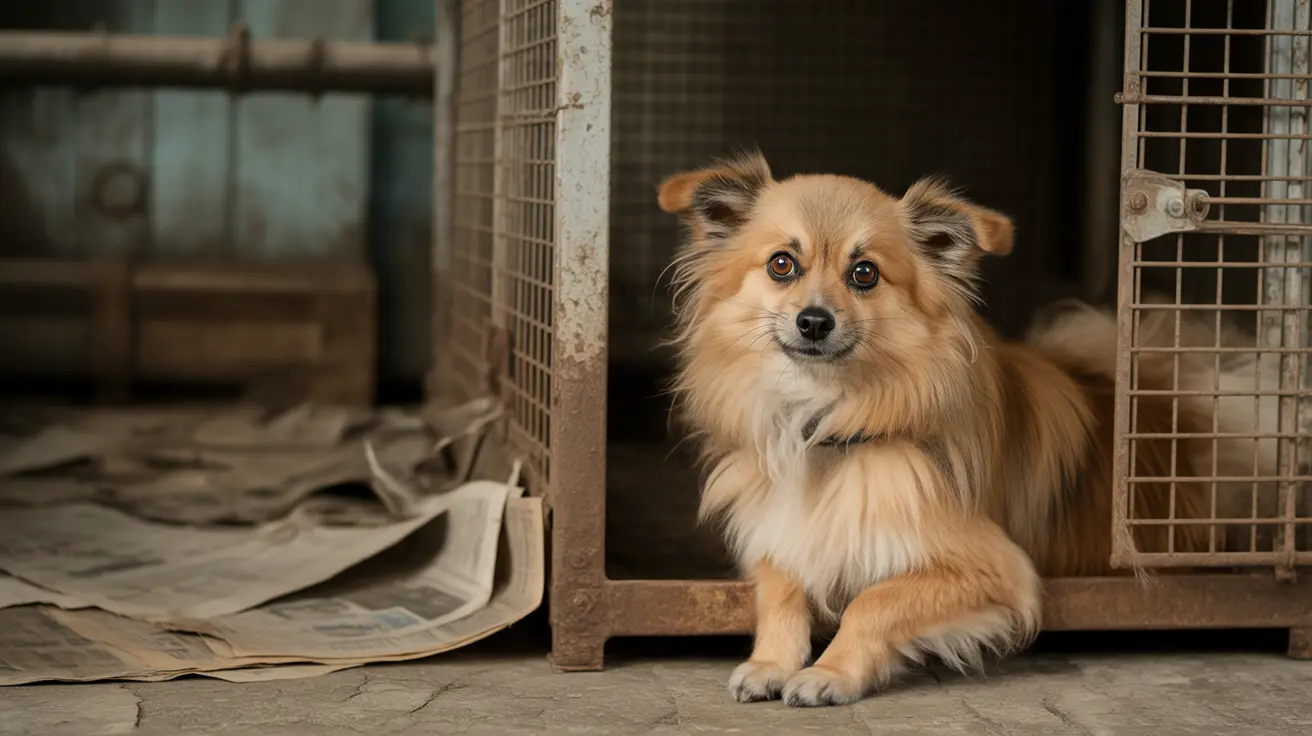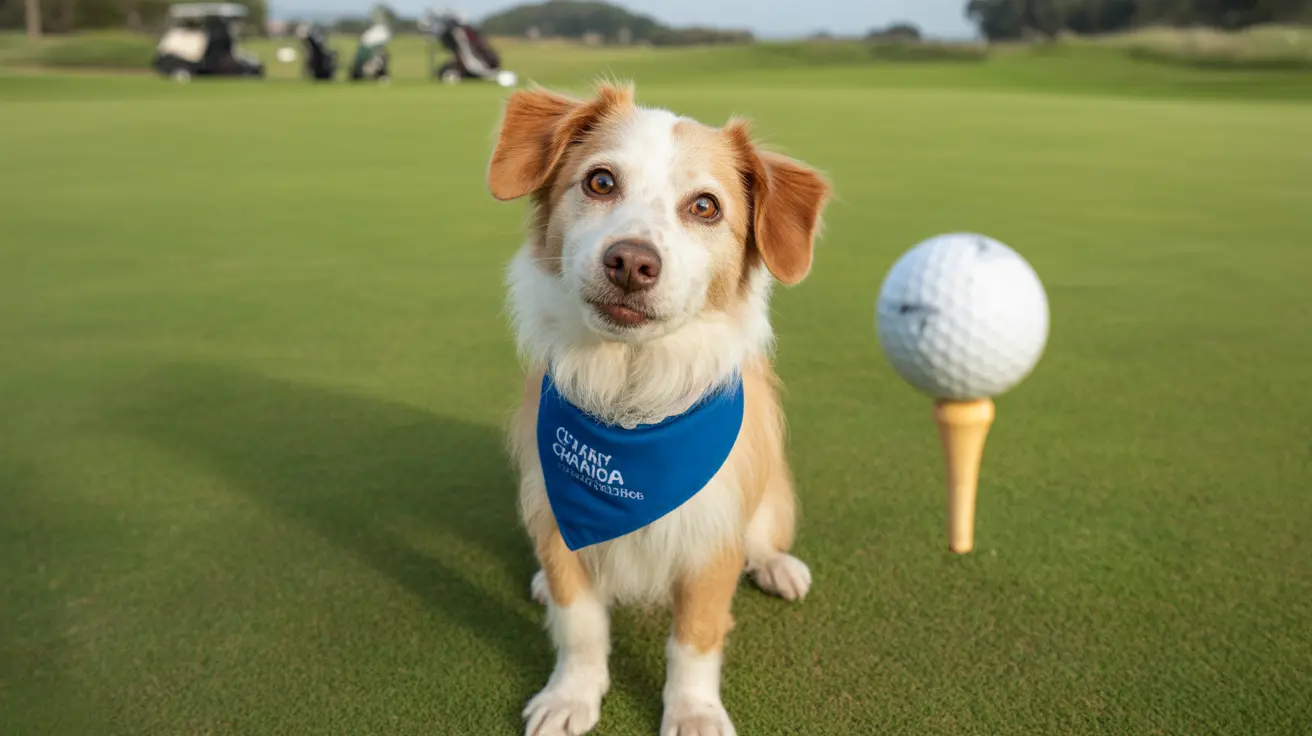For pet owners seeking a more self-reliant canine companion, independent dog breeds offer a unique combination of loyalty and autonomy. These remarkable dogs possess distinct characteristics that set them apart from needier breeds, making them ideal partners for those with busy lifestyles or preferences for more hands-off companionship.
In this comprehensive guide, we'll explore the fascinating world of independent dog breeds, their distinctive traits, and what makes them special companions for the right owners. Whether you're considering adding one to your family or simply curious about these self-sufficient canines, you'll discover everything you need to know about these dignified and autonomous breeds.
Understanding Independent Dog Breeds
Independent dog breeds are distinguished by their self-sufficiency and ability to function with minimal human oversight. These breeds typically developed from working backgrounds where autonomous decision-making was crucial for survival and task completion. Unlike more dependent breeds, they don't require constant attention or validation from their human companions.
Their independence manifests in various ways, from comfortable solitude to problem-solving abilities and self-entertainment. While these traits make them excellent companions for busy households, they also present unique challenges that potential owners should understand.
Most Notable Independent Dog Breeds
Ancient and Asian Breeds
- Shiba Inu
- Akita
- Chow Chow
- Tibetan Mastiff
European and African Breeds
- Basenji
- Afghan Hound
- Great Dane
- Basset Hound
Characteristics and Training Considerations
Independent dog breeds share several common traits that make them unique:
- Self-sufficient nature
- Strong problem-solving abilities
- Reserved or aloof temperament
- High intelligence
- Strong territorial instincts
Training these breeds requires a specialized approach. Their independent nature often translates to stubborn behavior during training sessions. Success comes through:
- Consistent, firm leadership
- Positive reinforcement techniques
- Early socialization
- Creative engagement methods
- Respect for their autonomous nature
Living with an Independent Dog
While independent dogs can handle solitude well, they still require proper care and attention. Creating an enriching environment is crucial for their well-being:
- Secure, designated spaces for alone time
- Interactive toys and puzzle feeders
- Regular exercise opportunities
- Structured routines
- Mental stimulation activities
Best Practices for Independent Breed Ownership
Successfully raising an independent dog breed requires understanding and accommodating their unique needs:
- Establish clear boundaries early
- Provide adequate physical exercise
- Maintain consistent training schedules
- Respect their space and independence
- Create opportunities for mental stimulation
Frequently Asked Questions
What are the key characteristics that define independent dog breeds?
Independent dog breeds are characterized by their self-sufficiency, ability to spend time alone, strong problem-solving skills, and tendency to be reserved or aloof. They typically don't require constant attention and can entertain themselves.
Which dog breeds are known for being most independent and able to handle alone time?
The most independent dog breeds include the Basenji, Shiba Inu, Chow Chow, Akita, and Afghan Hound. These breeds are particularly well-suited to handling solitude and maintaining their composure when left alone.
How should I approach training an independent dog breed that tends to be stubborn?
Training independent breeds requires patience, consistency, and positive reinforcement. Focus on short, engaging training sessions, use high-value rewards, and avoid repetitive exercises that might bore them. Early socialization is crucial for success.
Are independent dog breeds less prone to separation anxiety and destructive behavior?
Yes, independent dog breeds typically handle separation better than more dependent breeds. However, they still need proper training and environmental enrichment to prevent boredom-related destructive behaviors.
What are the best ways to provide mental stimulation for self-sufficient, independent dogs?
Provide puzzle toys, interactive feeders, scent work activities, and designated exploration areas. Rotate toys regularly and incorporate training games that challenge their problem-solving abilities while respecting their independent nature.
Conclusion
Independent dog breeds offer unique companionship for owners who appreciate their self-sufficient nature and dignified demeanor. While they require specific care considerations and training approaches, these breeds can make wonderful pets for the right households. Understanding and respecting their independent nature is key to fostering a successful relationship with these remarkable canines.






